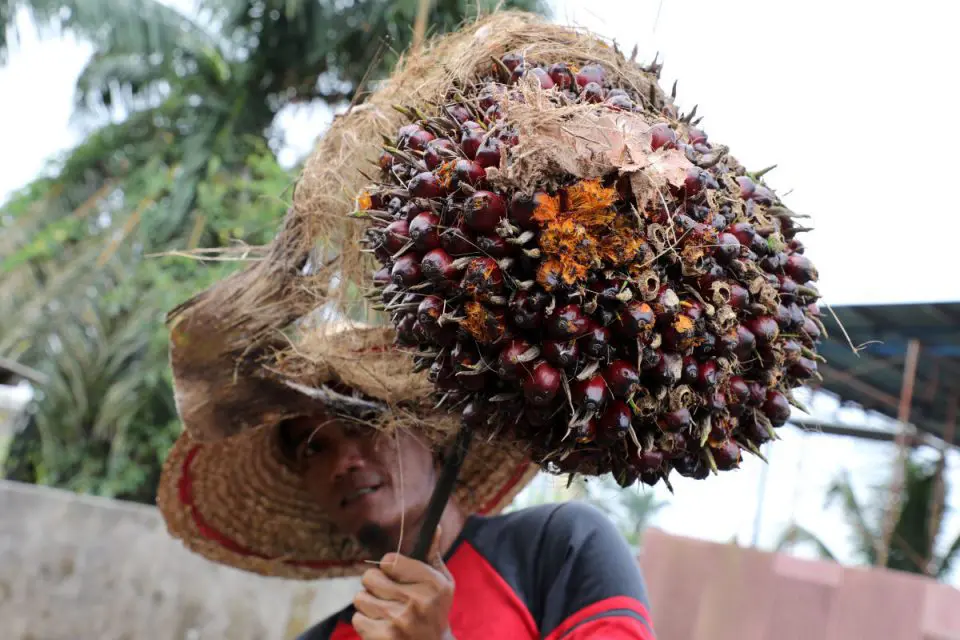KUALA LUMPUR, Sept 7 — The post-pandemic outlook for the palm oil industry in Malaysia remains bright, backed by the balanced supply and demand as well as expected recovery from labour shortages next year.
Council of Palm Oil Producing Countries (CPOPC) executive director Tan Sri Dr Yusof Basiron said palm oil prices had been relatively high for most of 2020 and 2021, and for producer countries, whose economies were affected by the pandemic, the increased revenue from the palm oil sector was much welcomed.
Consumers, on the other hand, were affected by the high prices of oils and fats. He said lower supply of rapeseed and sunflower oil and strong demand for soybean and its oil led in recent period to the current high prices of soyabean oil.
However, Yusof said, the lower prices of palm oil relative to soybean oil were benefitting consumers, especially those whose incomes were affected by the economic slowdown due to the pandemic.
“The current trend of long period of high prices experienced by palm oil (and other oils and fats) may be part of a new long-term shift in the supply and demand balance of palm oil as well as for other oils and fats.
“While demand for oils and fats has continued to grow according to past trends due to expanding population, the supply of palm oil may not be increasing at a high rate of growth as in the past,” he said in his keynote address at the second edition of the World Palm Virtual Exhibition and Conference today.
Yusof also said the moratorium on new land expansion for oil palm cultivation in Indonesia and similar lack of new land for oil palm cultivation in Malaysia had limited the growth rate of palm oil production in recent years and in the long term.
As other oils and fats were growing at a lower rate than palm oil, he said, it was unlikely that next major crop such as soya production would grow at “super high rate” to compensate the lack of rapid expansion in palm oil production as in the past.
Therefore, Yusof said, the future supply of oils and fats had to experience a slowing growth relative to demand, and prices had to rise to reflect this new supply and demand balance.
“If this outlook holds true, palm oil producers will continue to enjoy remunerative prices for their palm oil, and maximising the production of palm oil will be pursued by improving yield through better agronomic practices,” he added.
According to him, yield improvement for the palm oil industry has not happened unlike with other oilseed crops where 50 per cent increase in yield has been achieved in the last few decades.
“If the palm oil industry can seize the opportunity to improve its yield by 50 per cent like the other oilseed crops, over 35 million tonnes of palm oil can be additionally produced per year, without any plantation land area expansion.
“This will represent an opportunity for a huge increase in revenue for palm oil producers, given the projected high prices prevailing in the near future,” Yusof said.
Meanwhile, Faye Loo, an analyst at global agricultural commodity and agribusiness economic consulting firm LMC International, said the rising COVID-19 cases had caused experienced foreign workers from Indonesia and Bangladesh to leave work as their permits were not renewed.
On top of that, there were also no new arrivals of workers due to the border closure.
She expressed hope that the situation would recover in 2022, thus increasing the production and yield.
According to her, an estimated 75,000 additional workers are needed to ensure good plantation operation in Malaysia.
“The effect of a lack of workers has caused harvesting intervals to prolong to above one month at some plantations.
“In some cases, fruits were being left to rot on trees because it was not harvested in time, while some neglected maintenance in trying to focus on harvesting work, leading to the palm fruits trees being left unpruned,” said Loo.
For 2022, she said, LMC expected Malaysian palm oil production output to slightly rebound to 18.4 million tonnes, and Indonesia’s to be up by two million tonnes to 47.2 million tonnes in 2022.
This year, she said, Malaysia’s output was expected to be similar to that of 2020 at 18.1 million tonnes, while for Indonesia, the volume was expected to be 45.5 million tonnes.
— Bernama





